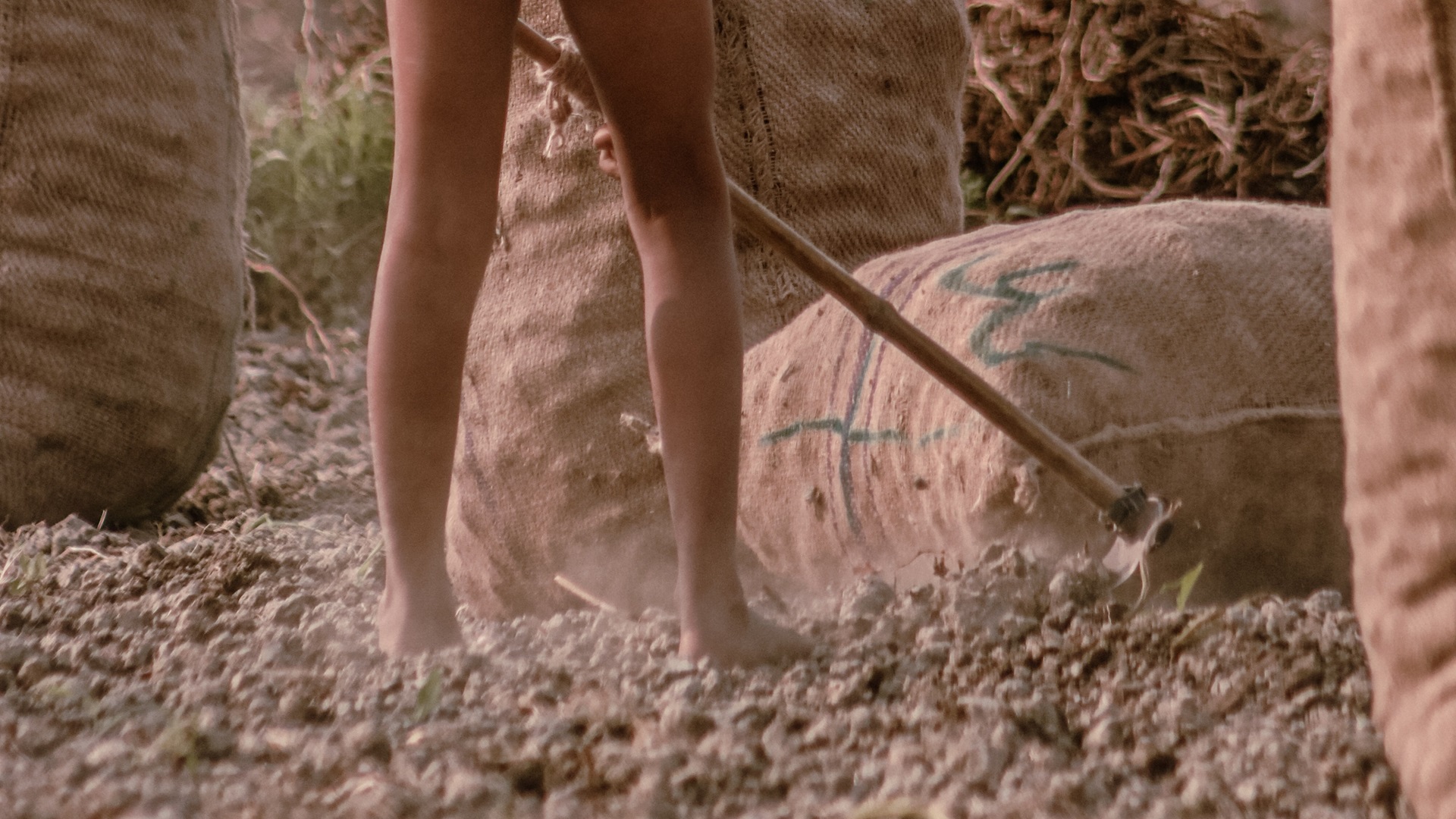Child labor in agriculture is an alarming reality affecting approximately 70% of child laborers worldwide, totaling around 112 million children. This practice, prevalent in agricultural activities such as cultivation, livestock, and fishing, not only exposes children to hazards but also perpetuates cycles of poverty and inequality.
The combination of the COVID-19 pandemic, conflicts, and climate change has exacerbated this issue, leading to an increase of nearly 9 million child laborers by the end of 2023. The invisibility of the problem is due to the rural dispersion of farms and the lack of regulation in these areas.
Children working in agriculture face significant risks, from the use of heavy machinery to exposure to toxic chemicals and long working hours in extreme weather conditions. These conditions threaten their health and safety, with long-term consequences for their physical and emotional well-being.
The underlying causes of child labor in agriculture are diverse and complex, including poverty, sociocultural factors, and a lack of access to quality education in rural areas. Poverty stands out as a determining factor since many families cannot afford to forgo the economic contribution of their children, even at the cost of their education and well-being.
Effectively addressing this problem requires coordinated and multifaceted action involving governments, civil society, and the private sector. It is crucial to strengthen social protection for vulnerable families and implement conditional cash transfer programs to encourage regular school attendance.
Furthermore, increasing awareness and public understanding of the harmful effects of child labor in agriculture is essential, promoting a shift in attitudes and practices at the community level through awareness campaigns and educational programs that emphasize children’s rights and promote alternatives to child labor.
In summary, child labor in agriculture is a global challenge that demands a comprehensive and coordinated response. Only through a joint and committed effort can we protect the rights and well-being of children working in the fields, creating a more just and equitable future for generations to come.





